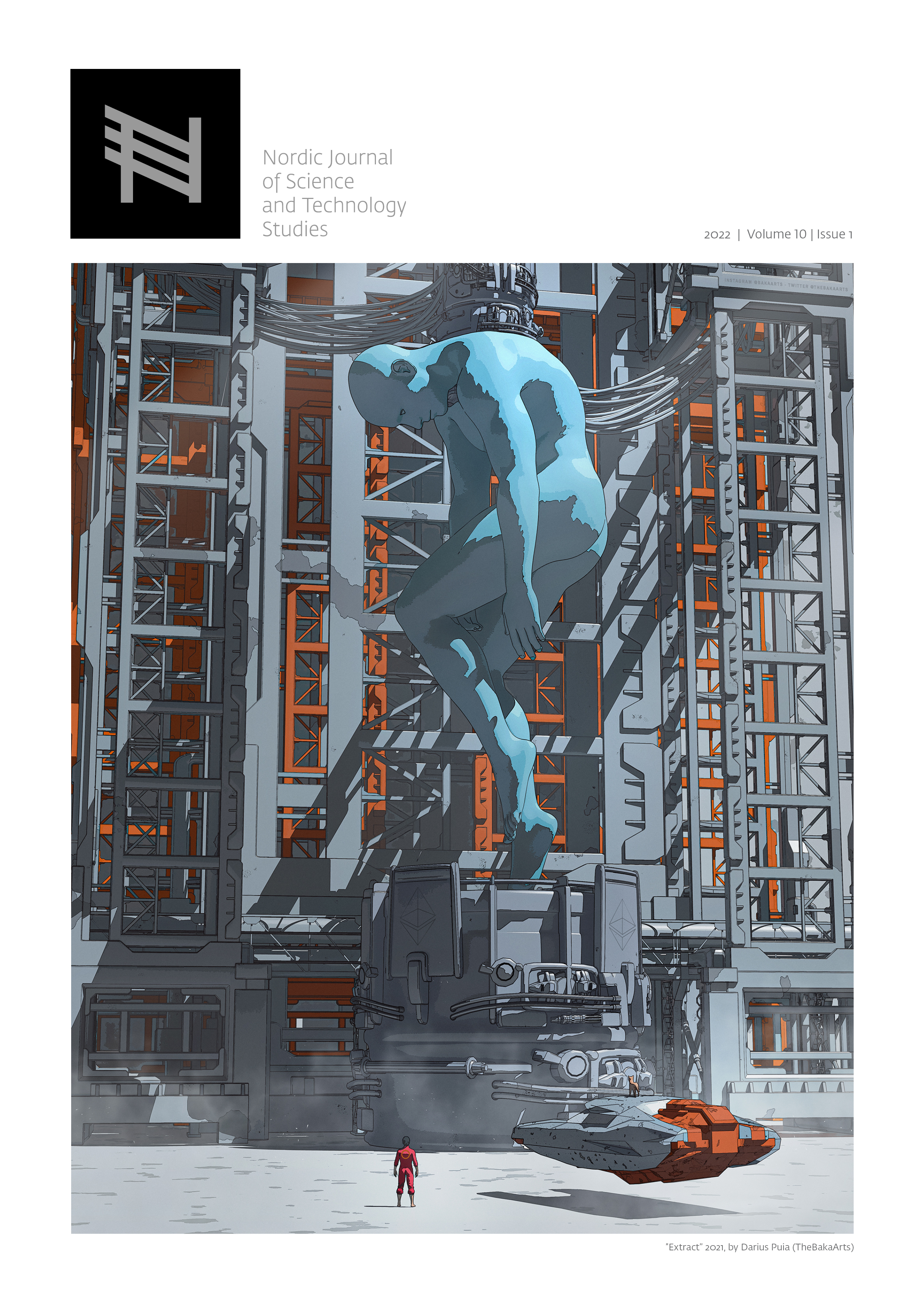Incorporation work
The socialisation of bio- and nanotechnology through newspapers
DOI:
https://doi.org/10.5324/njsts.v10i1.4020Resumo
In this paper, we analyse how the socialisation of new science and technology (technoscience) is performed through newspapers. Newspapers remain an important source of information about emerging technosciences, such as bio- and nanotechnology, even in the age of new social media. This includes communication about scientific and technological developments but also about sense-making and imaginaries related to expectations about future effects. We analyse articles about bio- and nanotechnology to map who participates in such socialisation work and what kind of sense-making processes that are carried out. In this way, we provide insight into the mechanisms that may facilitate, curb or hinder the incorporation of these emerging technosciences into society. We observed four modes of socialisation work, which co-existed in the articles: (1) Auspicious, (2) anxious, (3) ambiguous, and (4) trivialisation. In the conclusion, we discuss the benefits of applying such a perspective to understand current policy instruments aimed at managing science-society relations and in particular to change their temporal focus to be more concerned with research and innovation that are closer to an application stage where work to incorporate new technoscience into society would be more effective.
Downloads
Downloads
Publicado
Edição
Seção
Licença
Copyright (c) 2022 Gisle Solbu, Knut H. Sørensen

Este trabalho está licenciado sob uma licença Creative Commons Attribution 4.0 International License.
All content in NJSTS is published under a Creative Commons Attribution 4.0 license. This means that anyone is free to share (copy and redistribute the material in any medium or format) or adapt (remix, transform, and build upon the material) the material as they like, provided they give appropriate credit, provide a link to the license, and indicate if changes were made.






